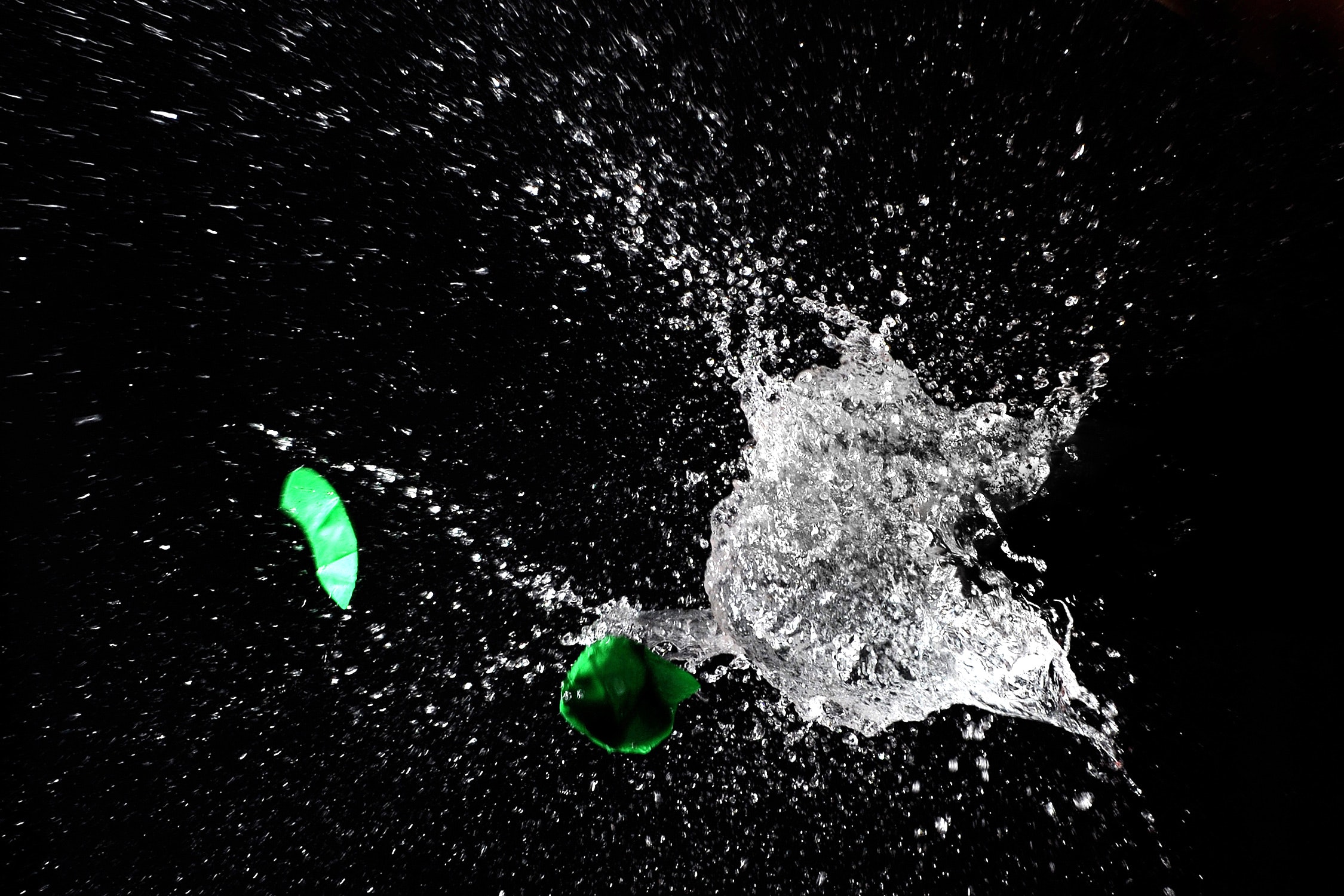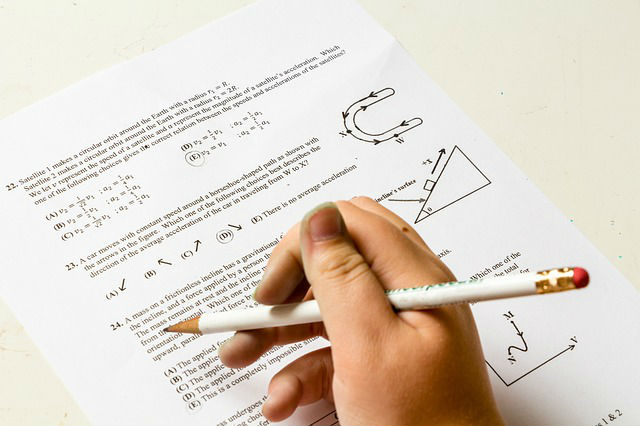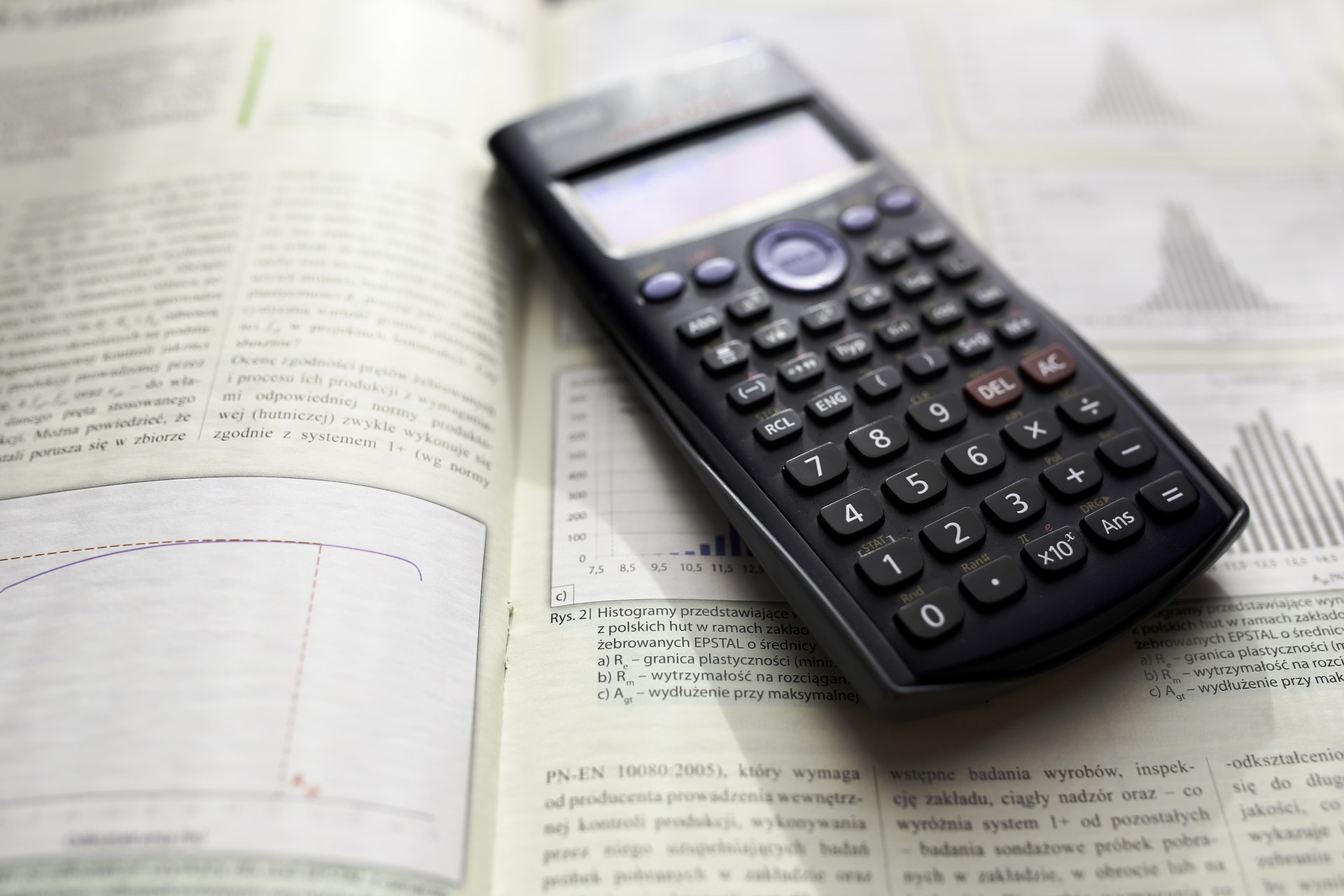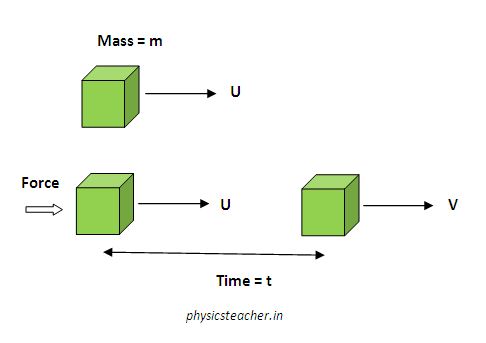NCERT Solution of Laws of Motion problems – class 11 physics
NCERT solutions for class 11 physics chapter 5 laws of motion – This chapter covers selected problems from the chapter laws of motion. Here we are solving selected problems both from the Exemplar and NCERT Physics textbook. If any problem needs some coverage of fundamentals we are catering that also. We are giving the reference […]











